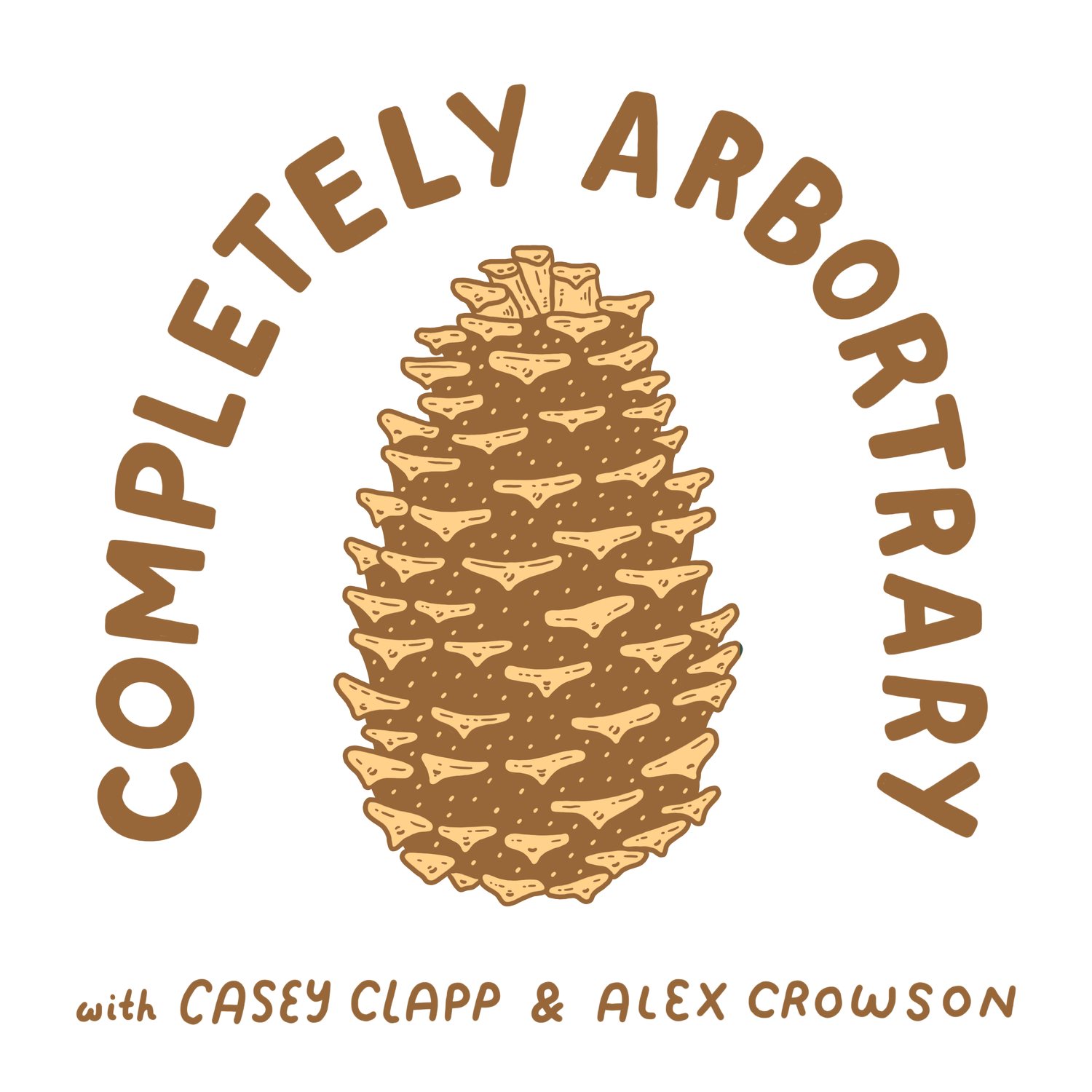BURNT WOOD PLANK (SUGI)
To conclude our miniseries on logging, we discuss sugi (Crytomeria japonica), a unique conifer that hails from the forests of Japan. In a nation spared by colonization, where tradition and modernity coexist, sugi and its growing and processing methods are emblematic of this non-dichotomous dynamic. Yakisugi (or burnt cedar) is a method of treating sugi wood by means of fire, creating a phoenix-like rise from the ashes, making the wood more impermeable, and more resistant to insects and decay. Then, we play Family Tree: Mario Edition!
Sugi
(Crypomeria japonica)
Modern ideas and centuries-old tradition do not always go hand-in-hand. All too often, traditional practices are forced aside to make way for the newest, most economical models. Forestry is certainly an example of this phenomenon, especially where European colonization hit the hardest. But in Japan, the slate has not quite been wiped clean of the traditional forebears of the modern forestry industry. Centered around their most ubiquitous timber tree, the sugi or Japanese-cedar (Cryptomeria japonica), two traditional wood products have helped keep ancient forestry practices alive and helped to promote sustainable practices in forestry’s modern industrial iteration.
Sugi is a tall growing conifer in the cypress family, Cupressaceae, and it is the only member of its genus, making it a monotypic species. Some of the oldest trees today have well over 1,000 rings, and the tallest have attained heights of more than 230 feet. Young trees grow straight as an arrow in their natural form and have red, shaggy bark and light, aromatic wood that is resistant to insects and decay. Historically, it grew above 1,300 feet covering most of the hills in the southern half of the country sharing its habitat with several other unique conifers like the hinoki (Chamaecyparis obtuse) and sawara (C. pisifera) false-cypresses.
Just as in Europe and the middle east, the Japanese cut nearly all their ancient forests hundreds of years ago and found themselves with a shortage of wood to build with. During the 14th and 15th Centuries, with an architectural demand for straight, strong poles to frame ceremonial rooms and support roofs of buildings, the Japanese turned to tradition to solve their wood shortages.
Centuries before, the Japanese had mastered the art of bonsai, the meticulous maintenance of trees in pots to appear as miniature, stylized versions of mature trees on the landscape. They applied these ancient practices to the large trees themselves and developed a new growth form called daisugi, literally translated as ‘platform cedar’.
This unique method of structuring a tree creats a strong basal foundation with low, outstretched branches that appear like arboreal platters. From these platters, tall, straight sprouts are managed and selected to grow up into a small copse of trees, appearing like a miniature forest all growing off of one large base. The new stems are grown for about 30 years, then harvested for the desirable straight poles.
The visual effect of several young, perfectly straight stems of what appear to be individual trees growing from an old, grizzled life-size bonsai tree is striking. When done well, not only does it produce several high-quality logs perfectly suited for their intended use, but it has a characteristic aesthetic quality that seems almost quintessentially Japanese.
Sugi is used in another traditional form of Japanese architecture, but this time it belongs on the outside of a building. Yakisugi is a technique for finishing wood used as the cladding of a building, the outermost protective layer. Yakisugi consists of charring the outside of a piece of wood (traditionally sugi of course, as the name translates as ‘burnt cedar’) so that no unburned fiber is left exposed. The result is a plank of wood that not only repels water, decay, and insects, but counterintuitively is also more fire resistant than uncharred wood. All this with the added benefit of being naturally chemical free and long lasting.
Yakisugi is unique in that it is a traditional wood processing technique developed centuries ago that has been maintained and brought into the modern-day wood products world with little to no modification aside from perhaps scale and mechanization. This final product, however, still comes from trees and is still an output of the modern forestry industry. This does not mean that it must be bad.
Companies like Yakamoto Forestry, who produce yakisugi for use around the world, see the role they play in managing sugi forests as an act of tradition in and of itself. Much of their land has been managed by their family for generations, and before them the forests were replanted countless times since the old growth trees were initially cut. To sustain these forests and the products they provide in the face of climate change is to keep tradition alive.
If the Japanese stopped growing and harvesting sugi for use in their buildings, they would have to turn to alternatives like steel, cement, or foreign lumber that would not only alter the Japanese essence of what they’ve done for millennia, but it also would leave a far greater impact on the world. The lesson that they seem to have learned many years ago is that tradition developed for a reason and there is often much value in looking back in order to move forward.
Completely Arbortrary is produced and hosted by Casey Clapp and Alex Crowson
A special thanks to Rainey Desiervo and Bill Beleck of Nakamoto forestry for their time and quality company.
Support the pod and become a Treemium Member
Follow along on Instagram
Find Arbortrary merch on our store
Cover art by Jillian Barthold
Music by Aves and The Mini-Vandals
Episode cover photo by Corrie Barklimore
Additional Reading:
The Sugi (Cryptomeria japonica)
Sugi fact sheet
Daisugi - Platform cedar
Yakisugi (shou sugi ban)
Nakamoto Forestry
Jōmon Sugi
Casey Talking About Sugi at Hoyt Arboretum
Cedar Avenue of Nikkō
Justin Davies on Sprucing it Up

